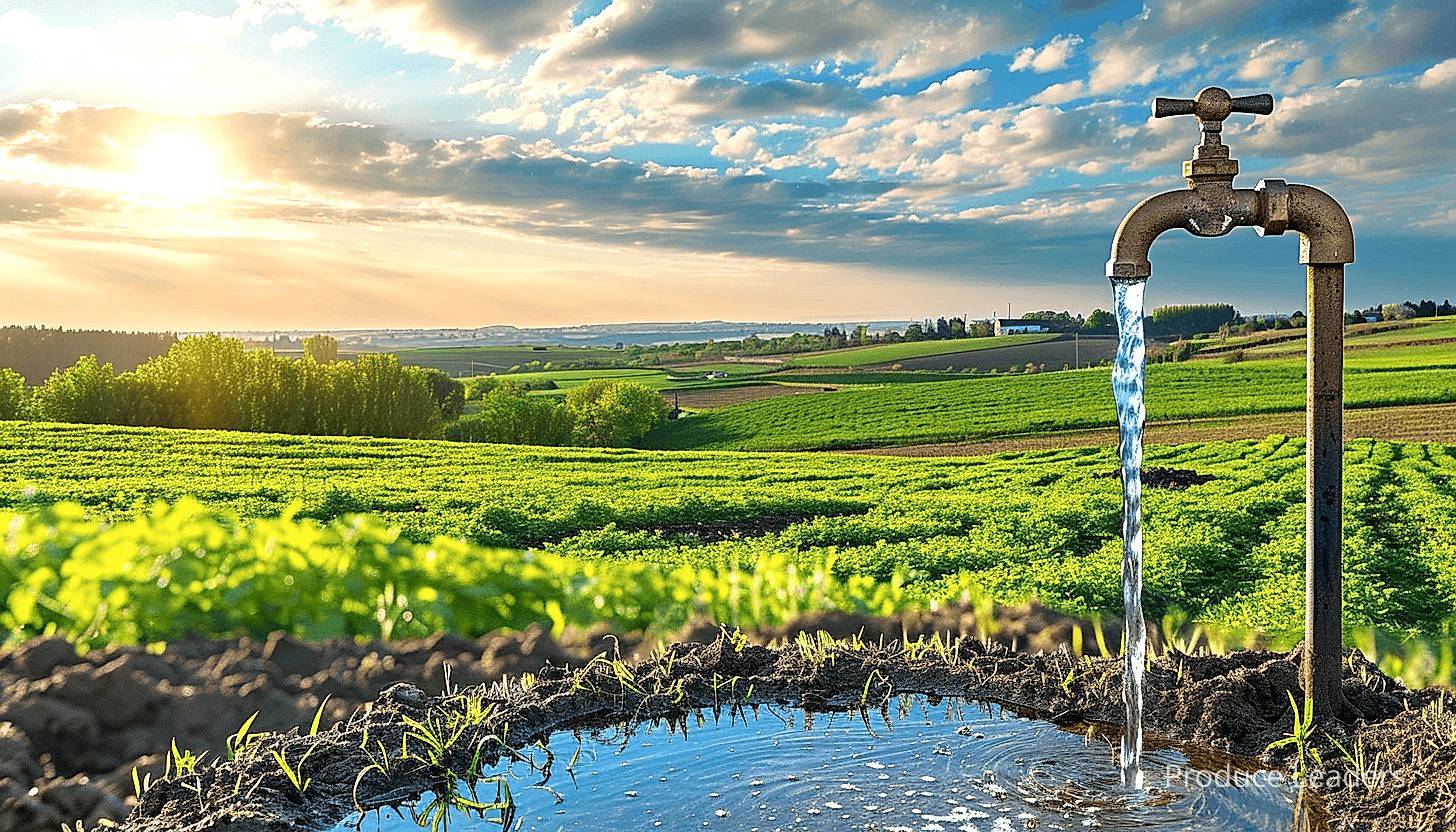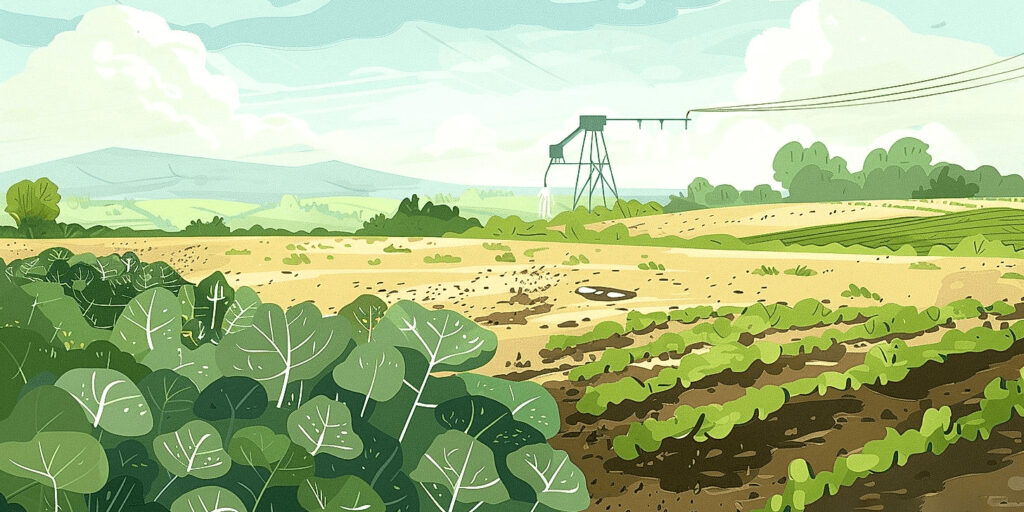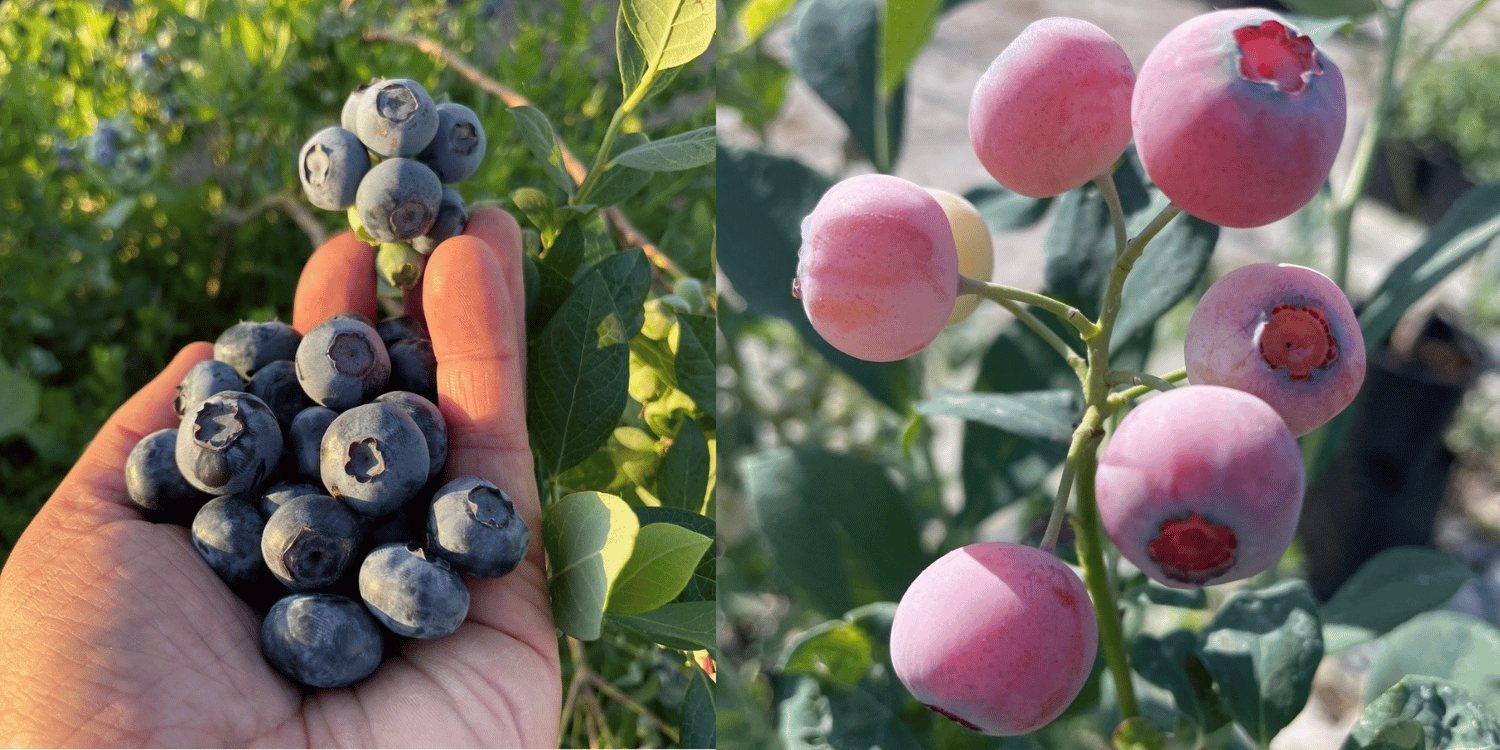Water scarcity has become a significant global issue that directly affects the agriculture sector.
Legislative actions are increasingly being implemented to manage and regulate water usage.
The farming industry, heavily reliant on water, is significantly impacted by these legal measures.
Understanding these impacts is essential for both policy makers and farmers.
This complexity requires thorough examination and detailed discussion.
We aim to shed light on this issue by exploring the substantial effects governmental regulations have on agricultural practices.
- Legislation changes directly impact irrigation methods in farming.
- Water use restrictions lead to reduced quantities available for farming.
- Such legislation increases overall farming costs.
- Crop choices are altered due to changes in water accessibility.
- Water scarcity may pose potential challenges to farm yield outputs.
However, this is just one facet of the overarching topic.
There are other fundamental points to ponder, which we will be exploring further in the upcoming sections. Water conservation techniques, impacts on food production, and adaptive strategies, are only a sample of the many important subjects we are set to discuss.
This wealth of information will indeed allow you to gain a robust understanding of how water use legislation impacts farming, and its ripple effects on the broader agricultural sector.
Let me tell you, let’s progress and look more deeply into this critical and intriguing issue.
Contents
Effects Of Water Use Legislation On Farming
1. Changes in Irrigation Methods
In Short: Water use legislation has catalyzed significant transformations in farming irrigation, enforcing sustainable practices such as drip, center pivot, and subirrigation. Despite the financial burden and learning curve associated with these advanced methods, their long-term water and cost-saving benefits contribute notably to water conservation initiatives in agriculture.
When discussing the effects of water use legislation on farming, it is critical to first turn our attention to the changes in irrigation methods.
The advent of legislative measures intending to regulate water use has inevitably led to some significant transformations in how farmers irrigate their crops.
Legislations often enforce more sustainable practices, resulting in farmers having to adopt more efficient irrigation techniques.
Instead of traditional methods such as flood irrigation, farmers are now compelled to use more water-conserving methods, like drip or sprinkler irrigation, hence optimizing water use.
These advanced irrigation techniques distribute water in a more controlled and efficient manner, reducing water wastage and promoting better crop growth.
Now, let’s take an overview of a few of these advanced and more efficient irrigation methods:
- Drip Irrigation: This method delivers water directly to the base of the plant. It requires less water and limits water exposure to weeds.
- Center Pivot Irrigation: With this method, equipment rotates around a pivot producing a circular pattern in crops, this techniques optimizes water use by covering a larger area with less water.
- Subirrigation: In this method water is supplied beneath the plants and controlled to distribute evenly, this results in minimal wastage.
Notwithstanding the proven effectiveness of these new irrigation techniques, the transition has not been without its challenges.
Many farmers grapple with the financial burden of acquiring and installing these new irrigation systems, which are often more expensive than the traditional systems which farmers are used to.
However, while the upfront cost might be higher, the long-term savings, both in terms of water and money, often outweigh the initial outlay.
Furthermore, there is often a learning curve associated with adopting these new technologies. Farmers need time and education to effectively operate these systems, creating additional challenges in the transition.
It is also pertinent to note the embeddedness of traditional practices in farming culture, and these changes in irrigation might require cultural shifts, which are often difficult to achieve.
Nonetheless, these necessary changes in irrigation methods brought about by water use legislation are playing a significant role in creating a more sustainable agricultural sector, making a crucial contribution towards water conservation efforts.
2. Restrictions on Water Quantity
In Short: Water quantity restrictions, set by water use legislature, heavily impact farming practices, affecting crop yield, operational costs, and potentially compelling a switch towards drought-resistant crops. Despite notable challenges, these restrictions may promote a more sustainable approach in agriculture, triggering innovations in water-saving technologies and alternative farming methods.
In the discussion of Effects of Water Use Legislation on Farming, a significant part to consider is the restrictions on water quantity.
These restrictions are primarily imposed by water use legislature, a collection of policies aiming to promote sustainability.
Such policies hinge on the belief that responsible water use is key to long-term agricultural profitability and viability of the environment.

The restriction on water quantity has a definitive impact on farming practices.
The agricultural sector is a major consumer of water resources worldwide, making the effects of restrictions immediately noticeable.
Water quantity restrictions can result from various regulations such as permits for water extraction, restrictions on groundwater use, stipulated minimum flow rates in rivers, and more.
The objective is usually to maintain a balance between water use for human consumption, farming, and sustainability of natural habitats.
Here are some areas where quantity restrictions can potentially affect farming:
- Reduction in crop yield: Agricultural productivity is directly dependent on water supply; fewer supplies could lead to low yields especially in water-intensive crops.
- Increased cost of farming: Farmers may have to invest in water-saving technologies or more efficient irrigation methods which could raise their operational costs.
- Alteration of crop choice: Restrictions may force farmers into growing more drought-resistant crops instead of water-intensive ones.
- Livelihood disruption: For small-scale farmers, significant restrictions on water could have severe effects on their livelihoods.
Beyond the direct effects on crops, these restrictions, especially when sudden or severe, can significantly disrupt farming operations.
This is due to the fact that most farmers often have substantial investments in irrigation infrastructure and specifically cultivated crops suited for their traditional water availability.
Transitioning to a new water-efficient crop or irrigation method can be a cumbersome process that not all farmers can easily overcome.
On the other hand, these restrictions can also inspire innovation in agricultural practices.
Pro Tip: Consider adopting more water-efficient farming methods or crops, as restrictions on water quantity can significantly impact agricultural practices, productivity, and costs.
They could motivate farmers to explore other ways of growing crops, such as hydroponics and other water-saving technologies, or even consider alternative, non-agricultural, uses of their land.
This may lead to a more sustainable approach to farming, in line with the growing demand for sustainable and environmentally friendly food production.
3. Increased Farming Costs
In Short: Water use legislation, meant to conserve resources, increases farming costs by necessitating pricier, alternative irrigation methods. This creates a financial burden on farmers which directly impacts agricultural economy, necessitating a balance between sustainability and practicality.
The implementation of water use legislation, designed to regulate and manage water resources, can certainly increase farming costs.
These laws focus on preserving water resources by controlling how much water farmers can use, and in some instances, even suggest alternative irrigation methods.
This scenario creates a direct impact on the financial aspect of farming.
Adhering to these restrictions can mean the transition from traditional farming techniques to alternative, sustainable methods which are generally more costly.
A good example would be, the shift from flood irrigation to drip irrigation systems, while better for water conservation, requires considerable financial investment.
The cost of these systems not only includes the initial setup but also involves maintenance and potential repairs, all of which can add significantly to farming costs.
Now, to illustrate this, we can look into some particular ways these changes increase farming costs:
- High upfront costs: Installation of new irrigation methods demand substantial investment.
- Maintenance and repair: Advanced irrigation systems may require regular maintenance and costly repairs over time.
- Training: Implementing new technologies mean farmers have to learn how to properly operate them, leading to advanced educational or training expenditures.
Moreover, these enforced changes can limit the amount of crop a farmer is able to grow due to water restrictions, consequently affecting the overall output and profit.
Less water for irrigation directly correlates with lesser yield in the harvest, meaning that farmers are spending more on production while reaping less from their hard work.
Not only does this legislation impact the cost of farming on a micro level, but also complicates the agricultural economy as a whole.
Increased costs for farmers mean increased food prices for consumers – a ripple effect that underscores the role of agriculture in the overall economy.
Important: Water use legislation can considerably increase farming costs as it potentially necessitates the switch from traditional to more sustainable but costly agricultural methods, with expenses relating to installation, maintenance, repairs, and training, ultimately affecting crop yield and overall output.
Lastly, farmers who cannot afford to conform to these new laws can face hefty fines, further adding to their financial burden.
Despite the clear environmental benefits that water use legislation represents, its implications on increased farming costs must be evaluated and addressed accordingly, in order to balance sustainability with practicality.
4. Alteration in Crop Choice
In Short: Water use regulations significantly influence farmers’ crop choices, compelling them to opt for crops that require less water but may not be as profitable. These choices not only impact farming profitability but also have far-reaching effects on food supply, local biodiversity, and regional ecosystems.
Water use legislation has a significant influence on the crop choices that farmers make.
The type of crops that a farmer plants is closely tied to the availability and reliability of water supply.
When water legislation imposes restrictions on water use, farmers may find some crops impractical to cultivate due to their high water requirements.

In response to such situations, farmers are compelled to alter their crop selections and opt for crops that can thrive under conditions of limited water supply.
Every crop has its unique water consumption and will thrive or wilt based on the allocated water amounts.
These decisions are not taken lightly as they influence the profitability of farmers and the sustainability of their farming operations.
Notably, the crops that use less water may not necessarily be the most profitable ones, challenging the financial sustainability of many farms under stricter water regulation policies.
In order to provide a broader perspective, here are some examples of crops and their relative water needs:
- Cotton: It is a water-intensive crop that can be difficult to maintain under strict water regulations.
- Wheat: This grain crop has moderate water needs, making it more manageable under limited water supply conditions.
- Cactus Pear: As a drought tolerant plant, it thrives under conditions of scarce water supply and could present an alternative for farmers looking to adapt to stricter water regulations.
Furthermore, the alteration in crop choice significantly impacts the local and global food supply.
Should many farmers shift to less water-intensive crops, this could potentially disrupt the supply of certain foods, leading to increased prices and accessibility issues for consumers.
In an increasingly interconnected world, the impacts of altered crop choices may no longer be isolated locally but can have widespread implications on global food security.
This change in crop selection triggered by water use legislation also has effects on the regional ecosystem.
A good example would be, growing drought-resistant crops could change the local biodiversity and impact wildlife that rely on the previously grown crops for food and habitat.
Additionally, shifting towards drought-tolerant crops could also affect the soil’s nutrients and fertility, as different crops have different soil nutrient uptake and residue contribution.
Thus, the shift in crops necessitated by water use legislation, while effective in managing water resources, presents a complex interplay of effects on farming profitability, food supply, and regional ecosystems.
5. Potential Water Scarcity Challenges
In Short: Growing water demand due to population growth and climate change, along with legislation limiting water use, could intensify water scarcity challenges in farming, including lower crop yields, increased water costs and conflicts, and hindered farm expansion. While water use legislation can foster sustainable water use, a balance must be struck between these conservation efforts and the need for agricultural sustainability.
Let’s dig in deep into the potential water scarcity challenges attributable to the enactment of water use legislation.
The growing demands for water, exacerbated by population growth and climate change, could implicate severe water scarcity especially in reference to farming.
Legislation restricting water use could intensify these challenges.
Water scarcity can hinder the ability of farms to irrigate their crops sufficiently, reducing their overall productivity.
The situation could be worse in arid regions where water is the most precious asset for farming.
Water use legislation has the potential to increase the already existing water-related challenges for agriculture.
Let’s take a moment to list some of the potential water scarcity challenges the agricultural sector could face:
- Reduced availability of water for irrigation, lowering crop yields
- Increase in water conflicts between farmers, residential users, and industries
- Increasing cost of water which adds burden to farmers’ expenses
- Hindered farm expansion due to constrained water resources
- Higher chances of crop failure during drought periods due to restricted water usage
Water scarcity could also lead to a decrease in the diversity of crops that can be grown, as some crops require more water than others.
Farmers could be forced to resort to growing less water-consuming crops, which may often be less profitable.
Also, scarcity issues could implicate the quality of the produce. For instance, insufficient water could lead to smaller fruits and vegetables compared to those grown with optimal irrigation.
Not only is the quantity of water important, but the quality of the water used for irrigation is just as important.
If the legislation compels farmers to shift to other water sources, there could potentially be an impact on water quality, which in turn affects the health of the crops.
Therefore, while it’s apparent that water use legislation can help foster sustainable water use, it’s also clear that it presents significant challenges in terms of potential water scarcity in the farming sector.
Pro Tip: To mitigate water scarcity challenges in farming, consider a balance between sustainable water use legislation and the need to ensure agricultural sustainability.
However, water use legislation should be designed and implemented in a way that balances the aim of conserving water resources and the need to ensure the sustainability of agriculture, which is quite a challenging task.
Indeed, our discussions point to the dire need for comprehensive consideration of water usage and farming practices in light of modern water use legislation.
6. Impact on farm yields
In Short: Water usage legislation influences farm yields either negatively or positively, depending on resources, planning, regulatory frameworks, and climate understanding. Adapting to these changes requires efficient water management strategies, potentially leading to better yields and a sustainable future for farming.
Given the increasing constraints associated with water legislation, it is essential to consider how these changes could influence farm yields.
The implementation of stringent water usage policies can impose significant impacts on the productivity of farms.
A simple but crucial fact is that water is integral to the growth and development of crops.

Therefore, any unexpected changes in its availability can potentially affect crop yields and overall farm production.
This doesn’t necessarily mean that water regulations will lead to lower yields. On the contrary, sometimes, more efficient use of water can increase farm yields as well.
However, adjusting to these new water realities can be a complex and challenging process for farmers.
They might need to invest in new techniques or technologies, involved in efficient irrigation methods, causing an immediate impact on productivity.
This could put a strain on farms depending on their financial resources and capacity to adapt effectively to these changes.
It’s also worthwhile to mention that the reaction to these water laws can be vastly different across geographical locations and types of farms.
Indeed, here are some key factors that may influence the effects of water legislation on farm yields:
- Availability of resources for transition to sustainable practices.
- The ability to forecast water availability and plan accordingly.
- Existing local and regional regulatory frameworks.
- Understanding and leveraging aquifer storage and rainfall patterns.
As we can see, the potential impacts of water use legislation on farming are highly complex and interconnected, playing a crucial role in the management of crop yield.
Looking ahead, careful planning and efficient implementation of sustainable practices may help farmers facilitates an easier transition and eventually result in better yields.
Integrating robust water management strategies into farming practices is crucial to not only adapt to the legislation but also ensure that farms can thrive in the face of these changes.
Important: Water usage policies can significantly impact the productivity of farms, with water being integral to crop growth, and changes in availability potentially affecting crop yields and overall production, yet more efficient water use can conversely increase yields.
In the end, understanding these potential scenarios and preparing for them can be a path forward in the face of evolving water use legislation.
Therefore, it will be worth watching how individual farms adjust their practices in response to these water policies and what implications these could have for the future of farming overall.
The Bottom Line
The implications of water use legislation on farming are far-reaching, impacting the agricultural sector in numerous ways. Both challenges and opportunities have been presented by these legal mandates, reshaping how farming practices are both viewed and implemented. These changes serve to underscore the importance of sustainable and efficient water management in agriculture, an aspect that is becoming increasingly crucial in agriculture’s future. Clearly, while the legal framework may initially seem restrictive, it drives the march towards innovation and sustainability in farming. Despite the complexities, farmers and lawmakers alike continue to strive towards finding a balance that respects both the necessity of conservation and the needs of agricultural production.



















